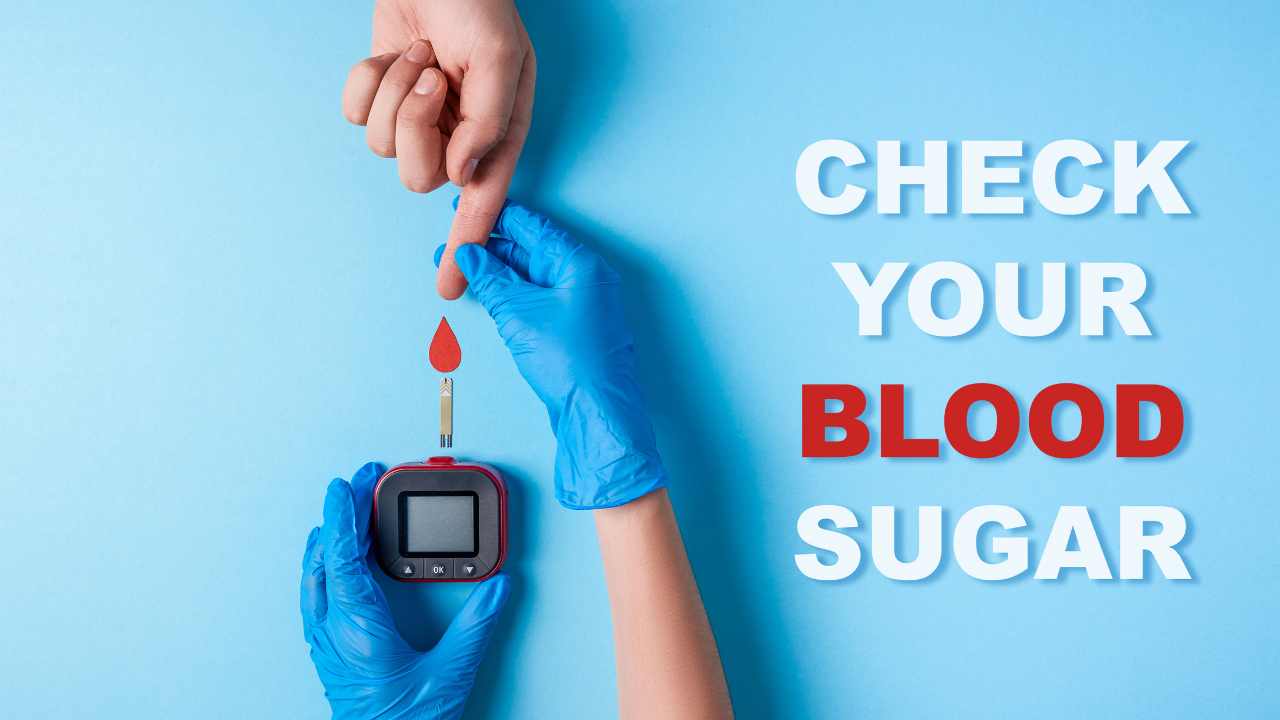Innovations in Blood Glucose Test Strips: Advances in Diabetes Monitoring
Innovations in Blood Glucose Test Strips: Advances in Diabetes Monitoring

Diabetes is a chronic condition that affects millions of people worldwide, requiring regular monitoring of blood glucose levels. Innovations in blood glucose test strips have significantly improved the way diabetes is managed, offering advanced technologies that enhance accuracy, convenience, and overall quality of life for patients. This article explores the latest developments in blood glucose monitoring and their impact on diabetes care.
Introduction to Blood Glucose Test Strips
Blood glucose test strips are essential tools used by individuals with diabetes to measure their blood sugar levels. Monitoring these levels is crucial for effectively managing diabetes and preventing complications. Traditionally, test strips have been used with glucose meters to provide quick and reliable readings.
Traditional Blood Glucose Test Strips
Traditional blood glucose test strips work by using a small sample of blood applied to the strip, which is then inserted into a glucose meter for analysis. While these strips have been a standard method for monitoring blood sugar levels, they come with certain limitations. These include the need for regular calibration, potential for errors in readings, and the inconvenience of frequent finger pricks for blood samples.
Innovations in Blood Glucose Test Strips
Continuous Glucose Monitoring (CGM) Technology
One of the most significant innovations in blood glucose monitoring is the development of continuous glucose monitoring (CGM) systems. These systems use sensor technology to continuously monitor glucose levels throughout the day and night, providing real-time data to users. CGM devices eliminate the need for frequent finger pricks, offering a more seamless and comprehensive approach to glucose monitoring.
Non-Invasive Glucose Monitoring Devices
Advancements in non-invasive glucose monitoring devices have also revolutionized diabetes care. These devices use alternative methods, such as skin sensors or infrared technology, to measure glucose levels without the need for blood samples. Non-invasive monitoring offers greater comfort and convenience for patients, reducing the discomfort associated with traditional testing methods.
Smartphone-Compatible Test Strips
Another innovation in blood glucose monitoring is the integration of test strips with smartphones. Some test strip systems are designed to connect directly to smartphone apps, allowing users to track and analyze their glucose data conveniently. Smartphone-compatible test strips offer enhanced data management capabilities and enable users to share their information with healthcare providers more efficiently.
AI Integration in Glucose Monitoring
Artificial intelligence (AI) has also played a role in advancing glucose monitoring technologies. AI algorithms can analyze glucose data patterns and provide personalized insights and recommendations to users. By leveraging AI, glucose monitoring systems can improve accuracy, predict trends in blood sugar levels, and assist users in making informed decisions about their diabetes management.
Benefits of Advanced Blood Glucose Test Strips
The advancements in blood glucose test strips offer several benefits for individuals with diabetes:
- Improved Accuracy and Precision: Advanced technologies provide more accurate and precise glucose readings, helping users make informed decisions about medication dosages and lifestyle adjustments.
- Enhanced Convenience for Patients: Non-invasive and smartphone-compatible test strips offer greater convenience and ease of use, leading to improved compliance with monitoring routines.
- Better Diabetes Management: Real-time data from continuous glucose monitoring systems and AI-driven insights contribute to better diabetes management outcomes, reducing the risk of complications.
Challenges and Future Outlook
While innovations in blood glucose test strips have transformed diabetes care, challenges remain. Affordability and accessibility of advanced monitoring technologies can be barriers for some patients. Regulatory considerations also play a role in the adoption and integration of new glucose monitoring devices into clinical practice. However, ongoing research and development efforts aim to address these challenges and improve the availability of advanced monitoring solutions for all individuals with diabetes.
Conclusion
Innovations in blood glucose test strips have revolutionized diabetes monitoring, offering advanced technologies that improve accuracy, convenience, and overall quality of life for patients. Continuous glucose monitoring systems, non-invasive monitoring devices, smartphone compatibility, and AI integration are among the key advancements driving positive changes in diabetes care. Despite challenges, the future looks promising with ongoing efforts to make advanced monitoring technologies more accessible and affordable.








